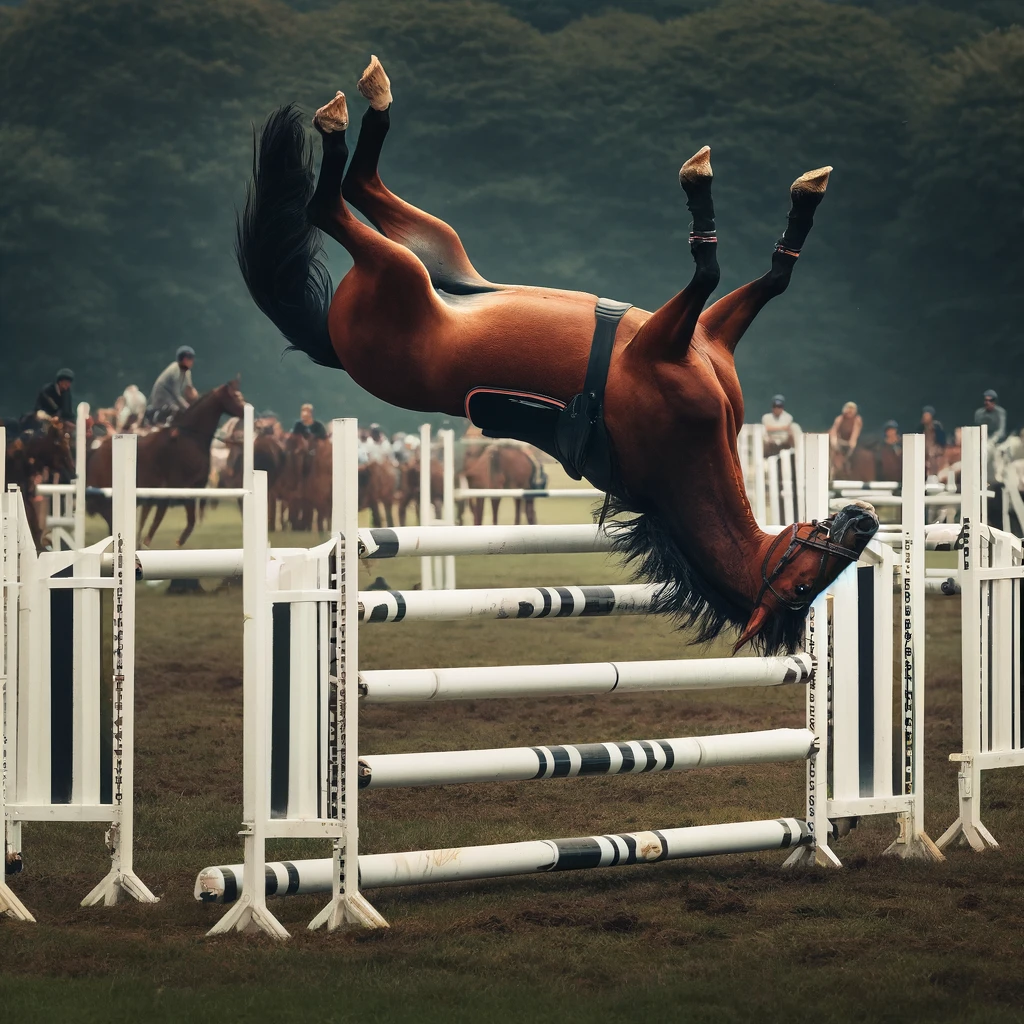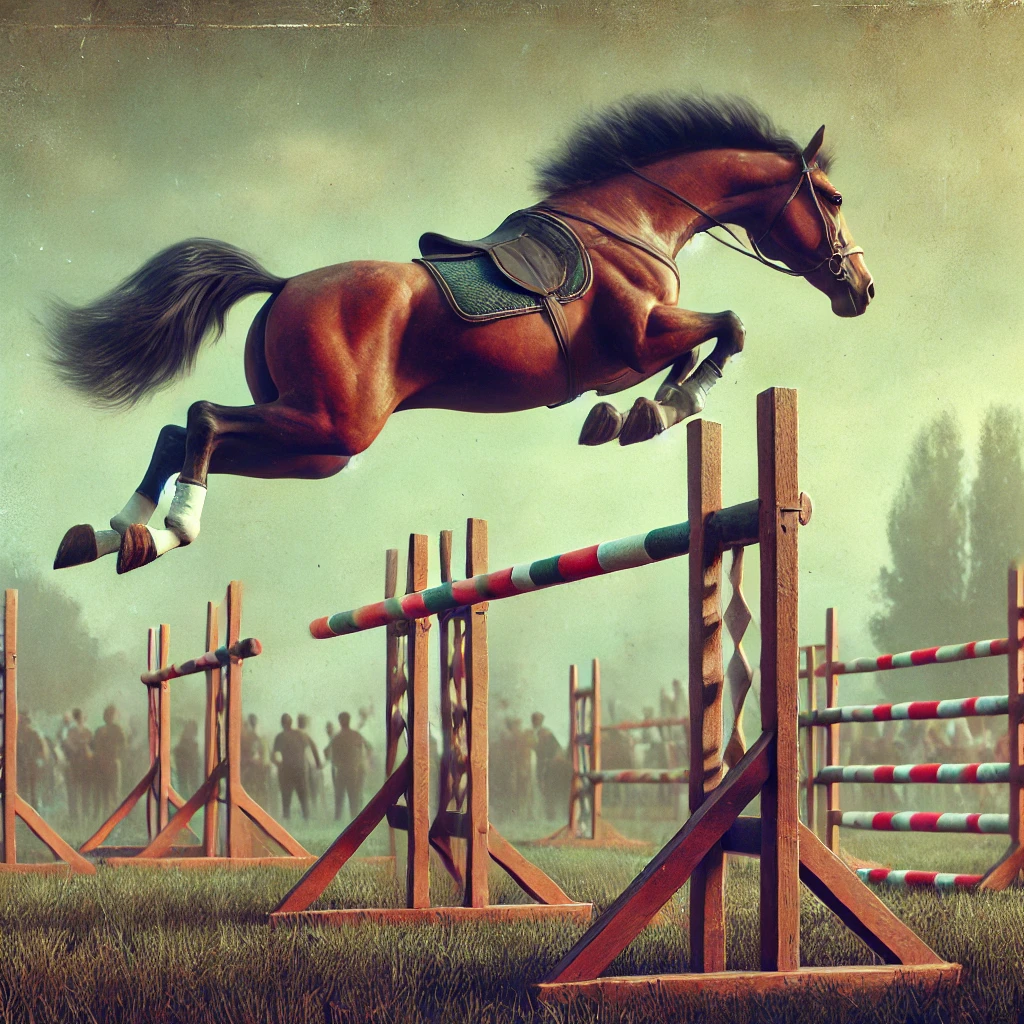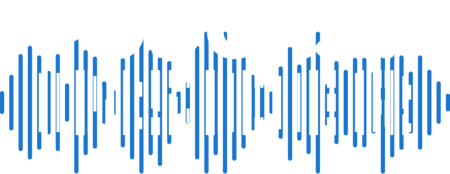
Harnessing the power of AI to generate images for your podcast can significantly elevate your brand’s visual appeal. Whether you’re looking to create compelling cover art (such as with Blubrry’s AI Album Art generator) social media visuals (such as with Blubrry’s Podcast AI Assistant) or promotional materials, writing an effective AI image prompt is crucial. But, as anyone who has worked with AI images knows, writing the prompt is trickier than it seems and artificial intelligence cannot read minds. At least not yet. Let’s dive into some best practices for crafting prompts to get you the images you envision.
Understanding Your Needs
Before you start writing your prompt, it’s essential to have a clear understanding of what you need. Consider the purpose of the image:
- Cover Art: Should capture the essence of your podcast, its theme, and its personality.
- Episode Thumbnails: Need to reflect the specific content of the episode.
- Social Media Posts: Should be engaging and visually appealing to draw attention.
Know Your Audience
Who are you trying to reach with your images? Knowing your target audience will help you tailor your prompts to create images that resonate with them. For example, a tech podcast might benefit from sleek, modern visuals, while a storytelling podcast might need more whimsical, illustrative art.
Crafting the Prompt
Be Specific, But Not Overly Detailed

When writing your prompt, strike a balance between specificity and flexibility. Provide enough detail to guide the AI, but leave room for creativity. A good prompt should cover the following:
- Subject Matter: Clearly describe what should be in the image.
- Example: “A futuristic city skyline at sunset.”
- Style: Indicate the desired artistic style or mood.
- Example: “In a cyberpunk style with neon lights and dark shadows.”
- Elements and Composition: Specify any particular elements or composition rules.
- Example: “Include flying cars and towering skyscrapers, with a focus on depth and perspective.”
Use Descriptive Language
Descriptive language helps the AI understand the nuances of your vision. Instead of saying “a nice background,” you could say, “a serene beach background with golden sand and gentle waves under a pastel sky.”
Incorporate Contextual Information
Adding context can greatly enhance the relevance of the generated image. For instance, if your podcast episode is about a historical event, include relevant time periods or cultural references in your prompt.
- Example: “A 1920s jazz club with musicians playing, art deco decorations, and people dancing in flapper dresses.”
Avoiding Common Pitfalls
Vague Descriptions
Vague prompts often result in generic images. Avoid phrases like “interesting design” or “cool picture.” Instead, be precise about what makes the design interesting or what elements make the picture cool.
Overloading the Prompt
While it’s important to be descriptive, overloading your prompt with too many details can confuse the AI. Focus on the most crucial elements that define your vision.
Ignoring Visual Harmony
Ensure that the elements you describe in your prompt work well together. Clashing styles or incongruent elements can result in a disjointed image. For example, avoid mixing futuristic elements with medieval themes unless that juxtaposition is intentional.
Testing and Iteration
Creating the perfect AI-generated image might require a few attempts. Don’t be afraid to tweak your prompts based on the results. Experiment with different levels of detail, styles, and compositions to find what works best.
Review and Feedback
Once you receive the generated images, review them carefully and provide feedback to refine future prompts. This iterative process helps in honing your ability to communicate effectively with the AI.
Crafting the perfect AI image prompt for your podcast is both an art and a science, and Blubrry Podcasting is doing all it can to marry both and simplify the process. By understanding your needs, using descriptive language, incorporating context, and avoiding common pitfalls, you can create compelling visuals that enhance your podcast’s appeal. Practice makes perfect, and the more you experiment with your prompts, the better you’ll get at producing stunning AI-generated images.





